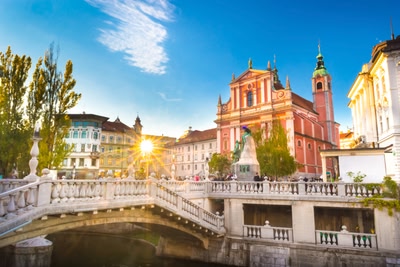Slovenia holidays
Blending Italian, Slavic and Austrian influences, this tiny country in Southern Europe packs a lot into its small footprint. The best holidays in Slovenia combine outdoor adventure with high culture. History buffs explore medieval castles and archaeological museums, while thrill seekers go wild on the ski slopes. Throw in wine tasting and a small but innovative food scene, and you’ve got the perfect European getaway.
Top destinations in Slovenia
Slovenia: fast facts
Language
Slovene
Currency
Euro (€)
Time zone
UTC+1 (CET) and UTC+2 (CEST)
Slovenia holiday highlights
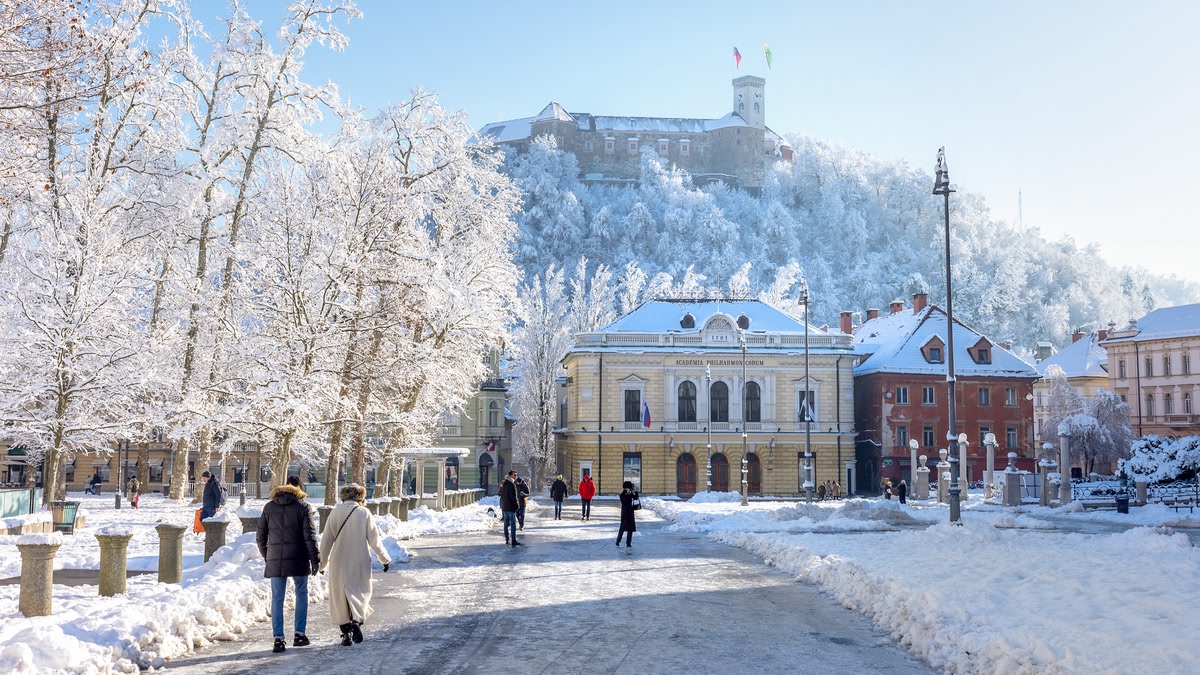
Epic trails
One of the best things to do in Slovenia is to explore its dramatic Alpine scenery, either on foot or on two wheels. And there’s no better place to start than the Juliana Trail. Located in Triglav National Park, the trail runs 270 kilometres past rushing rivers and storybook villages, with 16 sections that can be mixed and matched depending on your ability.
A sustainable capital
Slovenia’s capital city of Ljubljana is not only historical, it’s also one of the most sustainable cities in Europe. The city centre is car-free, and many of the restaurants in town specialise in locally sourced ingredients and organic, biodynamic wines. You can even take a tour of the Ljubljanica river in an electric boat.
Cool photo ops
Even if you’ve never been to Slovenia, you’ll probably recognise the iconic church floating on an island in the middle of Lake Bled. It’s achingly beautiful and one of the most photographed places in Europe. You’ll find another good photo op among the vineyards of Špičnik, where you can take a break from wine tasting to snap a pic of a charming heart-shaped road.


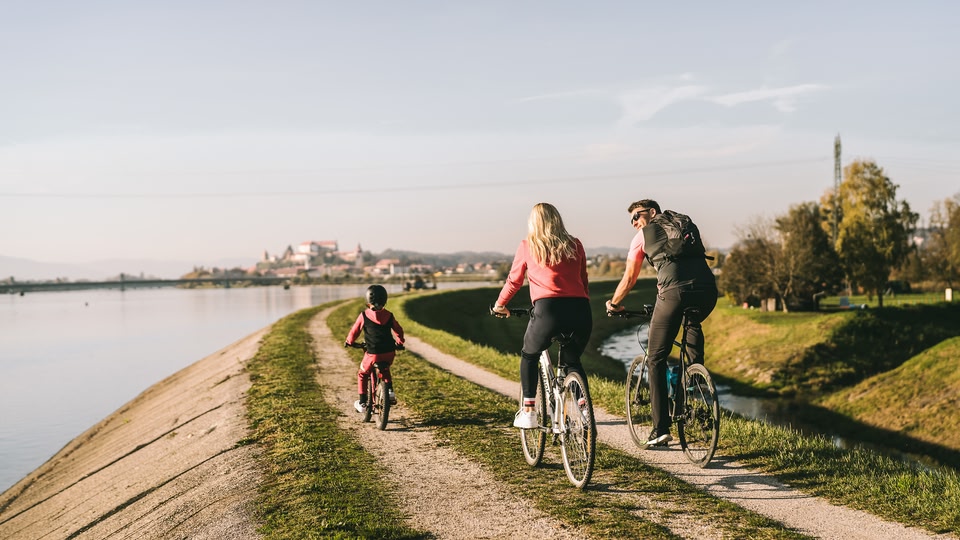



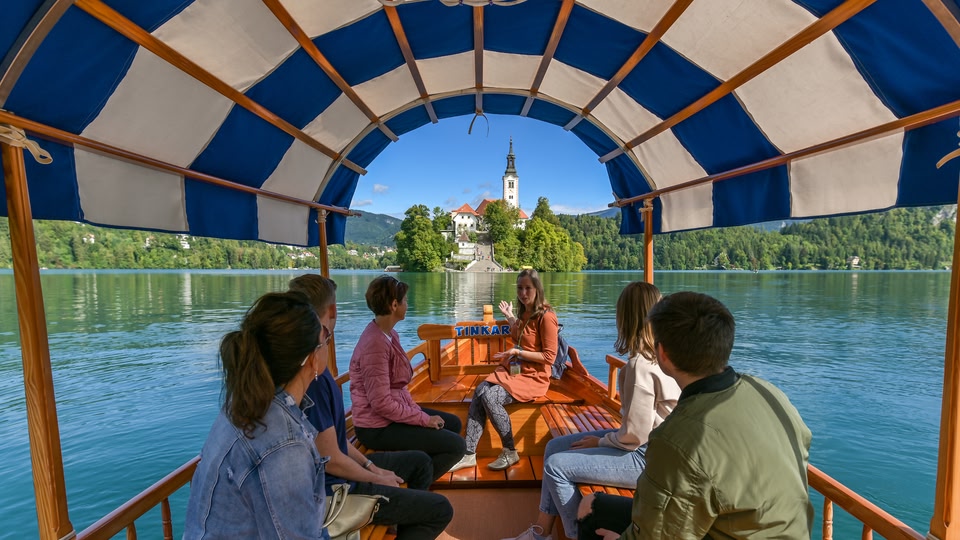
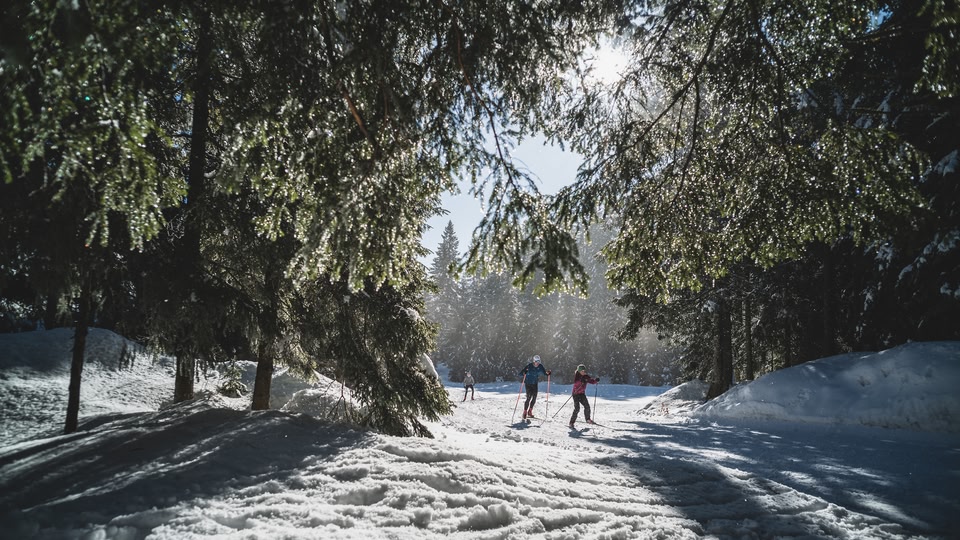

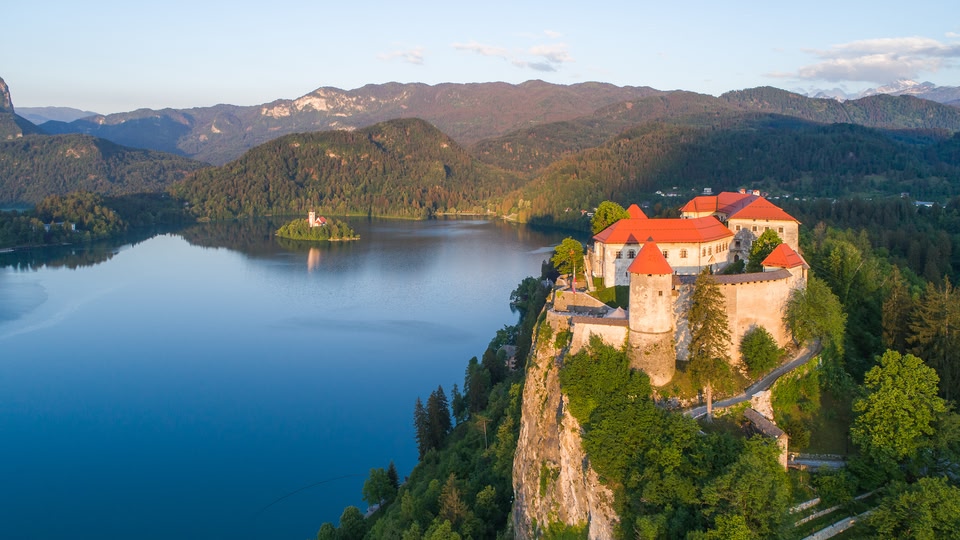

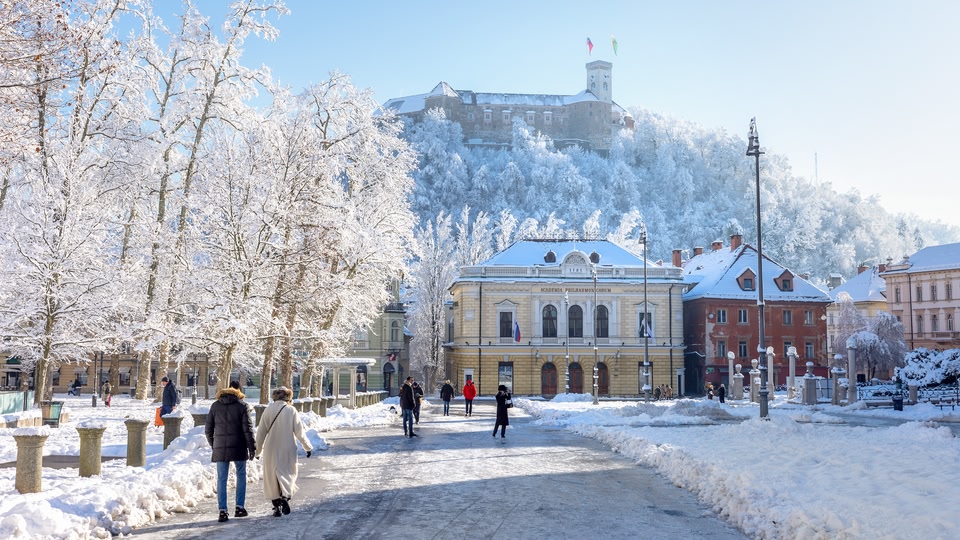
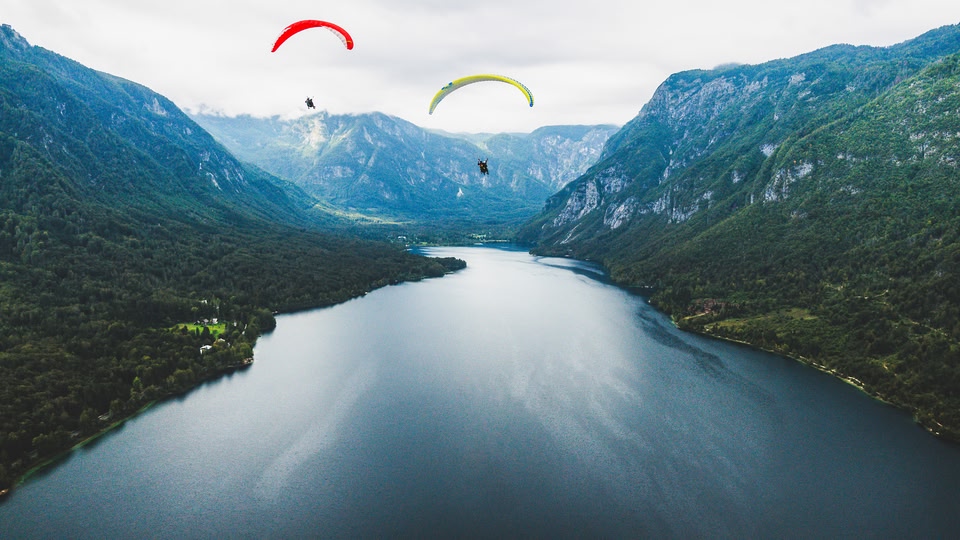
Things to do in Slovenia
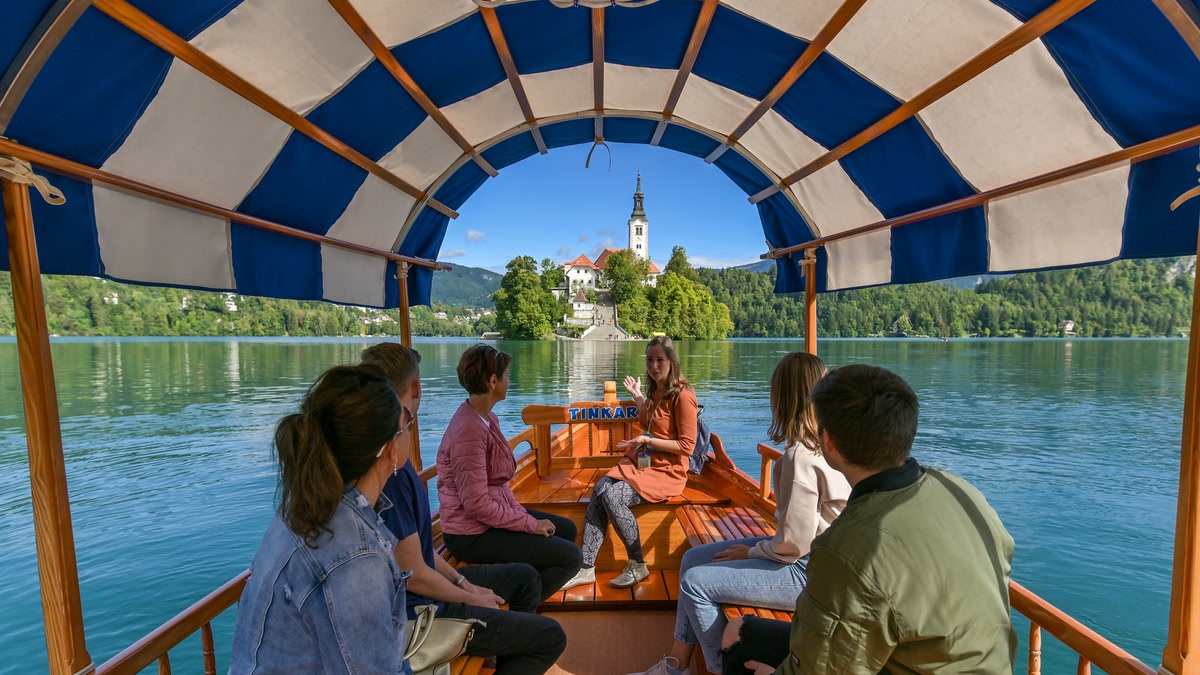
Top attractions
Built into a cave mouth, Predjama Castle looks straight out of a fairy tale with its Renaissance-era battlements emerging from the rock. The steep and stunning Vršič Pass offers the perfect gateway to Alpine hikes or exploring Triglav National Park. One of Ljubljana’s most iconic sights, the Triple Bridge links the medieval old town with lively Prešeren Square.
Beaches
At just 47 kilometres long, Slovenia has one of the shortest coastlines in the world. A handful of small towns, like Koper, Izola and Piran, form the main coastal destinations. Each has its own charms, from historical architecture to buzzing nightlife. With so little room to spare, the beaches in Slovenia can get quite crowded in the summertime, so book your travel well in advance.
Nature
According to locals, you only become truly Slovenian when you’ve scaled Triglav, the highest point in the country. The mountain sits inside Slovenia’s only national park, alongside scenic waterfalls and Alpine lakes. The Julian Alps make Slovenia a destination for skiers, with much of the appeal of the Swiss Alps but with far smaller crowds.
Culture and museums
Get a dose of history at the museums in Slovenia. See the world’s oldest musical instrument — a 60,000-year-old Neanderthal flute — at the National Museum of Slovenia. Or check out the world’s oldest wooden wheel with an axle at the City Museum of Ljubljana. To take the pulse of the country’s art scene, head to the Museum of Contemporary Art Metelkova in Ljubljana.
Cuisine
There are ten Michelin-starred restaurants in Slovenia, and they tend to focus on seasonal, sustainable ingredients sourced from just a few kilometres away. Stock up on sauerkraut and pumpkin seed oil at Central Market in Ljubljana. Or sample traditional fare like ‘štruklji’ (dumplings with sweet or savoury filling) and ‘frika,’ a fried potato and cheese dish.
Family friendly
Ride the underground train through Postojna Cave, home to the rare olm, a cave-dwelling salamander once thought to be a baby dragon. In Ljubljana, the House of Experiments offers hands-on science fun for kids. Looking to mix playtime with some relaxation? Near Brežice, Terme Čatež combines thermal pools and a water park that’s fun for the whole family.
Find the best time to visit Slovenia
Weather in Slovenia
March – May: Ski season is pretty much over by March, though you’ll still find snow in the mountains. By the end of May, the Alps are blooming with wildflowers, and the sea is almost warm enough to swim in.
June – August: Temperatures can top 30°C in midsummer in Ljubljana and by the coast. But the Alpine regions are usually cooler.
September – November: Gorgeous autumn foliage, wine harvests and fewer crowds in the streets make this one of the best times to visit Slovenia. Lingering warm weather in September gives way to cool fog by the season’s end.
December – February: Steady snowfall in the mountains draws winter sports fans. In Ljubljana and along the coast, average temperatures hover near freezing.
Events in Slovenia
Pust (February): Locals in Ptuj dress as ‘Kurenti’, shaggy figures in sheepskin costumes who parade through town to scare away winter and welcome spring. Join the festive crowds as music and dancing fill the streets during this Carnival tradition.
Ljubljana Festival (June to September): Slovenia’s oldest festival, this annual arts celebration showcases musicians from around the globe, from classical composers to jazz ensembles. Catch a performance in a public square or a 13th-century monastery.
Martinovanje (November): This popular Slovenian holiday marks the moment when grape juice, or ‘mošt’, becomes wine. Join the celebrations in Maribor, where you can sample new wines, enjoy local dishes and soak up the festive music and traditions.
